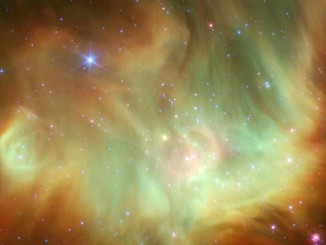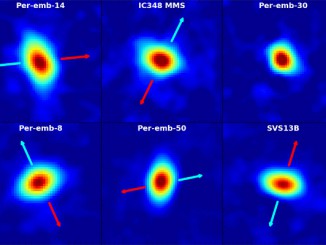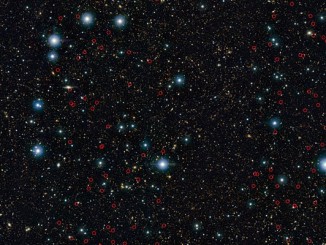Before NASA’s Spitzer Space Telescope ran out of liquid helium coolant in 2009, it captured stunning infrared views of targets ranging from galaxies to nebulae and everything in between. During the so-called “cold phase” of its extended mission, the observatory studied the Perseus Molecular Cloud on multiple occasions, capturing spectacular views of vast dust clouds with embedded star clusters. Some of those clusters pose a mystery: they seem to contain young, middle-age and old stars in close proximity. Older stars tend to move apart as time passes and finding such closely-packed suns in a mixture of ages is out of step with current ideas about how stars form. Says astrophysicist Luisa Rebull: “This region is telling astronomers that there’s something we don’t understand about star formation. It’s one of my favorite regions to study.”




